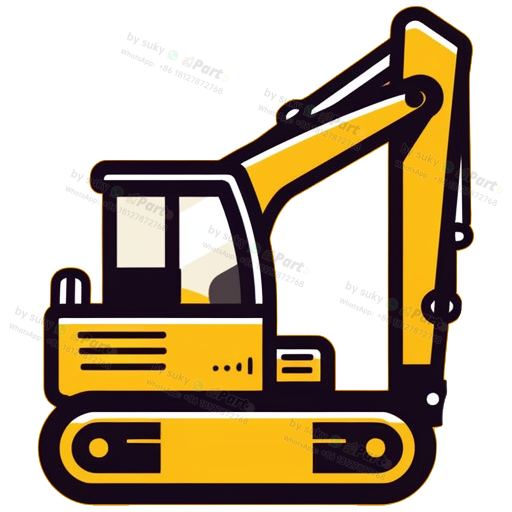Caterpillar Parts Interchange: A Guide for Importers and Distributors
When it comes to sourcing and supplying Caterpillar parts for heavy equipment, importers and distributors need to be well-versed in the concept of parts interchangeability. Understanding which components can be used interchangeably across different models and series of Caterpillar machinery is crucial for ensuring efficiency and cost-effectiveness in the supply chain.
Benefits of Caterpillar Parts Interchangeability
One of the key advantages of Caterpillar parts interchangeability is the ability to streamline inventory management. By stocking interchangeable parts that can be used in multiple machines, importers and distributors can reduce the number of SKUs they need to keep in stock, leading to lower inventory holding costs and improved cash flow.
Additionally, parts interchangeability can also improve service turnaround times for customers. With the right mix of interchangeable parts readily available, distributors can quickly fulfill orders and expedite repairs, helping equipment operators minimize downtime and maximize productivity.
Factors to Consider When Assessing Interchangeability
When assessing the interchangeability of Caterpillar parts, several factors need to be taken into consideration. These include the compatibility of the parts with specific models and series of equipment, as well as any modifications or adaptations that may be required for them to function properly.
It’s also important to consider the quality and reliability of interchangeable parts. While using non-genuine or aftermarket components may be a cost-effective option, it’s essential to ensure that these parts meet Caterpillar’s standards for performance and safety to avoid potential issues down the line.
Best Practices for Implementing Parts Interchangeability
To effectively leverage Caterpillar parts interchangeability, importers and distributors should establish clear processes and guidelines for identifying, sourcing, and stocking interchangeable parts. This may involve working closely with Caterpillar dealers and suppliers to access accurate and up-to-date interchange information.
Moreover, investing in training and education for staff members on parts interchangeability can help ensure that they have the knowledge and expertise to recommend the right parts for each application. By building a solid understanding of interchangeability principles, distributors can enhance their value proposition and build stronger relationships with customers.
In conclusion, understanding and leveraging Caterpillar parts interchangeability is essential for importers and distributors looking to optimize their supply chain and enhance customer service. By stocking and supplying interchangeable parts effectively, businesses can improve inventory management, expedite service times, and drive overall operational efficiency. Embracing parts interchangeability as a core strategy can set businesses apart in the competitive landscape of heavy equipment parts distribution.

